As with much in European thought, it was Aristotle, who first made a strong distinction between, what was considered, the two different realms of thought, theoretical thought epistêmê, most often translated as knowledge, and technê, translated as either art or craft. As already explained in an earlier post in this series, during the Middle Ages the two areas were kept well separated, with only the realm of epistêmê considered worthy of study by scholars. Technê being held to be inferior. As also explained in that earlier post the distinguishing feature of Renaissance science was the gradual dissolution of the boundary between the two areas and the melding of them into a new form of knowledge that would go on to become the empirically based science of the so-called scientific revolution.
A second defining characteristic of the developing Renaissance science was the creation of new spaces for the conception, acquisition, and dissemination of the newly emerging forms of knowledge. We have followed the emergence of libraries outside of the monasteries, the establishment of botanical gardens as centres of learning, and cabinets of curiosity and the museums that evolved out of them, as centres for accumulating knowledge in its material forms.
Another, space that emerged in the late Renaissance for the generation and acquisition of knowledge was the laboratory. The very etymology of the term indicates very clearly that this form of knowledge belonged to the technê side of the divide. The modern word laboratory is derived from the Latin laboratorium, which in turn comes from laboratus the past participle of laboare meaning to work. This origin is, of course, clearly reflected in the modern English verb to labour meaning to work hard using one’s hands, and all of the associated words, the nouns labour and labourer etc. It was only around 1600 that the word laboratorium came to signify a room for conducting scientific experiments, whereby the word scientific is used very loosely here.
Of course, laboratories, to use the modern term, existed before the late sixteenth century and are mostly associated with the discipline of alchemy. Much of the Arabic Jabirian corpus, the vast convolute of ninth century alchemical manuscripts associated with the name Abū Mūsā Jābir ibn Ḥayyān is concerned with what we would term laboratory work. It would appear that medieval Islamic culture did not share the Aristotelian disdain for manual labour. However, in Europe, the practical alchemist in his workshop or laboratory actually working with chemicals was regarded as a menial hand worker. Although, it should be remembered that medieval alchemy incorporated much that we would now term applied or industrial chemistry, the manufacture of pigments or gunpowder, just to give two examples. Many alchemists considered themselves philosophical alchemists, often styling themselves philosopher or natural philosopher to avoid the stigma of being considered a menial labourer.
The status of artisan had already been rising steadily since the expansion in European trade in the High Middle Ages and the formation of the guilds, which gave the skilled workers a raised profile. After all, they manufacture many of the goods traded. It should also be remembered that the universities were founded as guilds of learning, the word universitas meaning a society or corporation.
So, what changed in the sixteenth century to raise the status of the laboratorium, making it, so to speak, acceptable in polite society? The biggest single change was the posthumous interest in the medical theories of Theophrastus of Hohenheim (c. 1493–1541), or as he is better known Paracelsus (c. 1493–1541), based on his medical alchemy, known as chymiatria or iatrochemistry, a process that began around 1560.
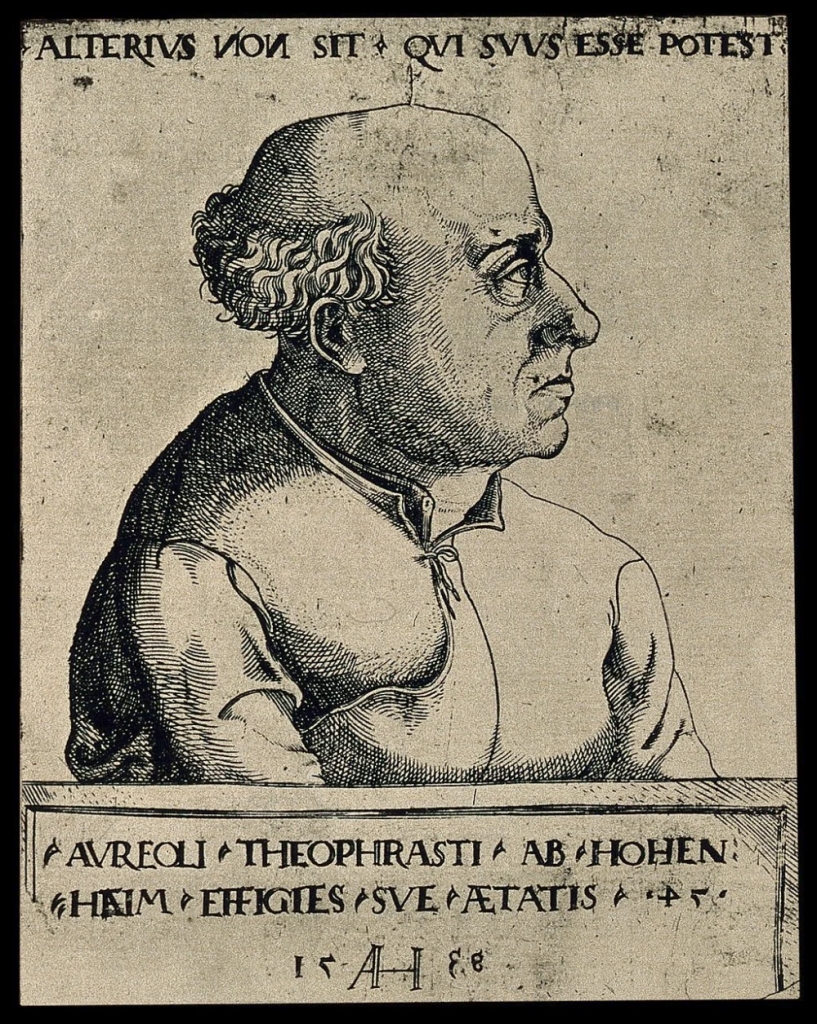
The new Paracelsian iatrochemistry trend did not initially enter the Renaissance university but found much favour on the courts of the European royalty and aristocracy and it was here that the new laboratoria were established by many of the same potentates, who had founded new libraries, botanical garden, and cabinets of curiosity. The Medici, Spanish and Austrian Hapsburgs, and Hohenzollerns all established laboratoria staffing them with their own Paracelsian alchemical physicians. Many of these regal loboratoria resembled the workshops of apothecaries, artisans, and instrument makers. Techné had become an integral part of the European aristocratic court.
It was in the Holy Roman Empire that the Renaissance laboratory celebrated its greatest success. The most well documented Renaissance laboratory was that of Wolfgang II, Graf von Hohenlohe und Herr zu Langenburg (1546–1610). In 1587, having constructed a new Renaissance residence, he constructed a two-story alchemical laboratory equipped with a forge, numerous furnaces, a so-called Faule Heinz or Lazy Henry which made multiple simultaneous distillations possible, and a vast array of chemical glass ware.
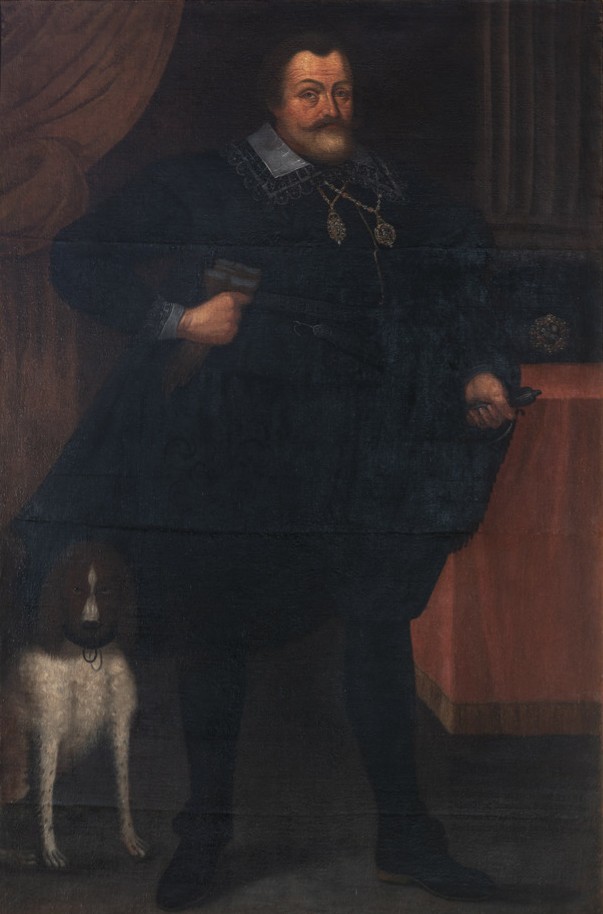
His library contained more than five hundred books, of which fifteen were about practical chemistry, for example from Georg Agricola (1494–1555), author of De re metallica, Lazarus Ecker (c. 1529–1594), a metallurgist, and books on distillation from Heironymous Brunschwig (c. 1450–c. 1512), thirty-three about alchemy including books from Pseudo-Geber (late 13th early 14th centuries), Ramon Llull (c.1232–1316), Berhard von Trevesian (14th century), and Heinrich Khunrath (c. 1560–1605), sixty-nine books by Paracelsus, and twelve about chemiatria including works by Leonhard Thurneysser (1531–1596), Alexander von Suchten (c.1520–1575) , both of them Paracelsian physicians, and Johann Isaac Hollandus (16th & 17th centuries!), a Paracelsian alchemist and author of very detailed practical chemistry books. The laboratory had a large staff of general and specialised workers but was run by a single laborant for sixteen years.
Wolfgang’s fellow alchemist and correspondent, Friedrich I, Duke of Württemberg (1557–1608) employed ten Laboranten in the year 1608 and a total of thirty-three between 1593 and 1608.
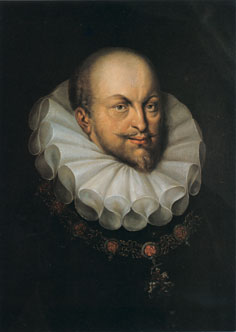
Friedrich had a fully equipped laboratory constructed in the old Lusthaus of a menagerie and pleasure garden. A Lusthaus was a large building erected in aristocratic parks during the Renaissance and Baroque used for fests, receptions, and social occasions.
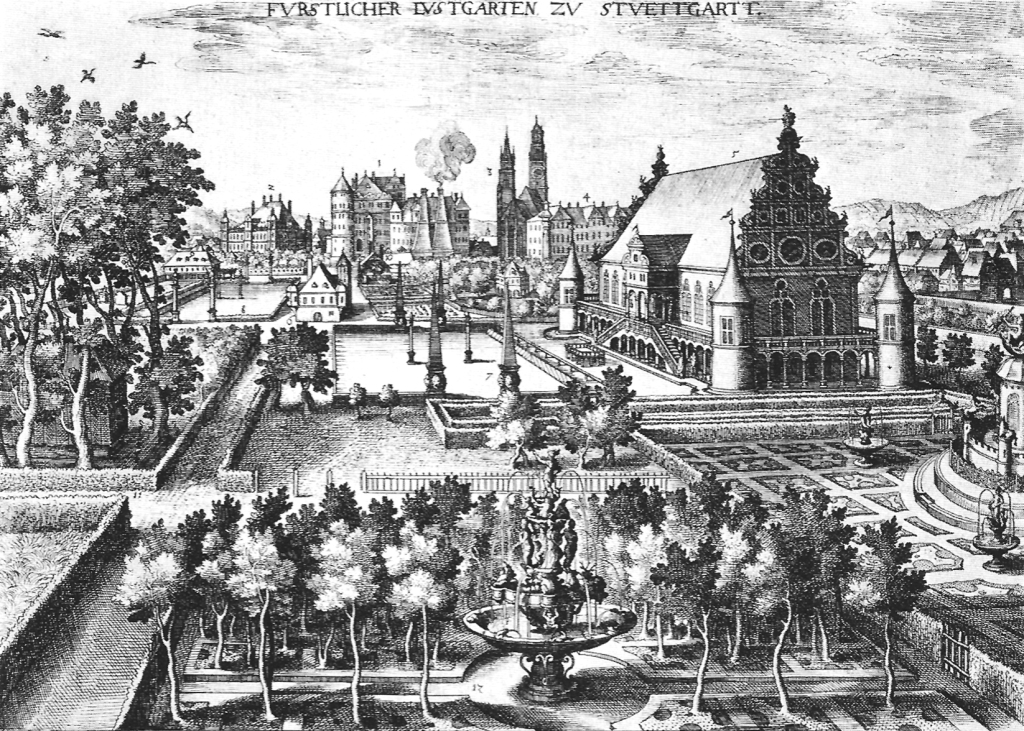
He also had laboratories in Stuttgarter Neue Spital and in the Freihof in Kirchheim unter Teckabout 25 kilometres south of Stuttgart, where he moved his court during an outbreak of the plague in 1594. Friedrich was interested in both chymiatria and the production of gold and gave a fortune out in pursuit of his alchemical aim. However, he also used his laboratories for metallurgical research.
Heinrich Khunrath (c. 1560–1605) was a Paracelsian physician, hermetic philosopher, and alchemist. In 159, he published his Amphitheatrum Sapientiae Aeternae (Amphitheatre of Eternal Wisdom) in Hamburg, which contains the engraving by Paullus van der Doort of the drawing credited to Hans Vredeman de Vries (1527–1604) entitled The First Stage of the Great Work better known as the Alchemist’s Laboratory.
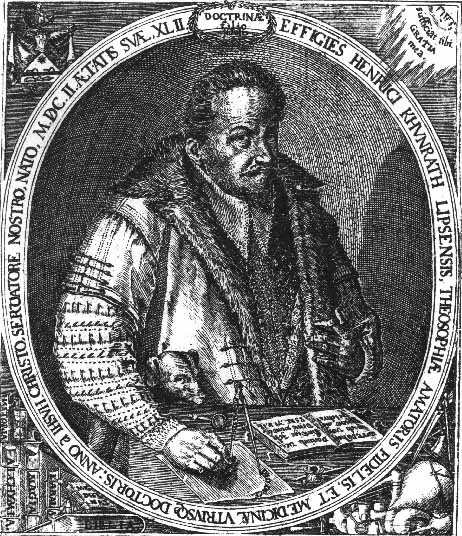
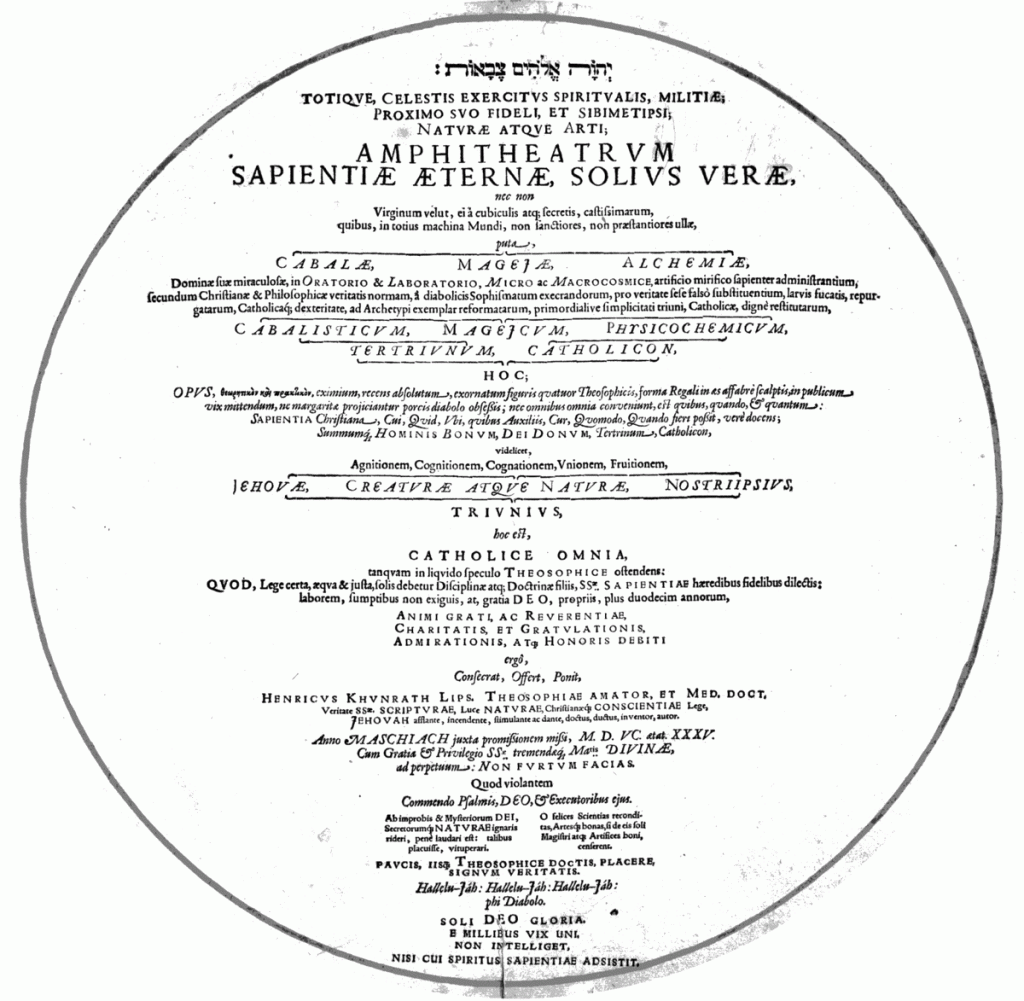
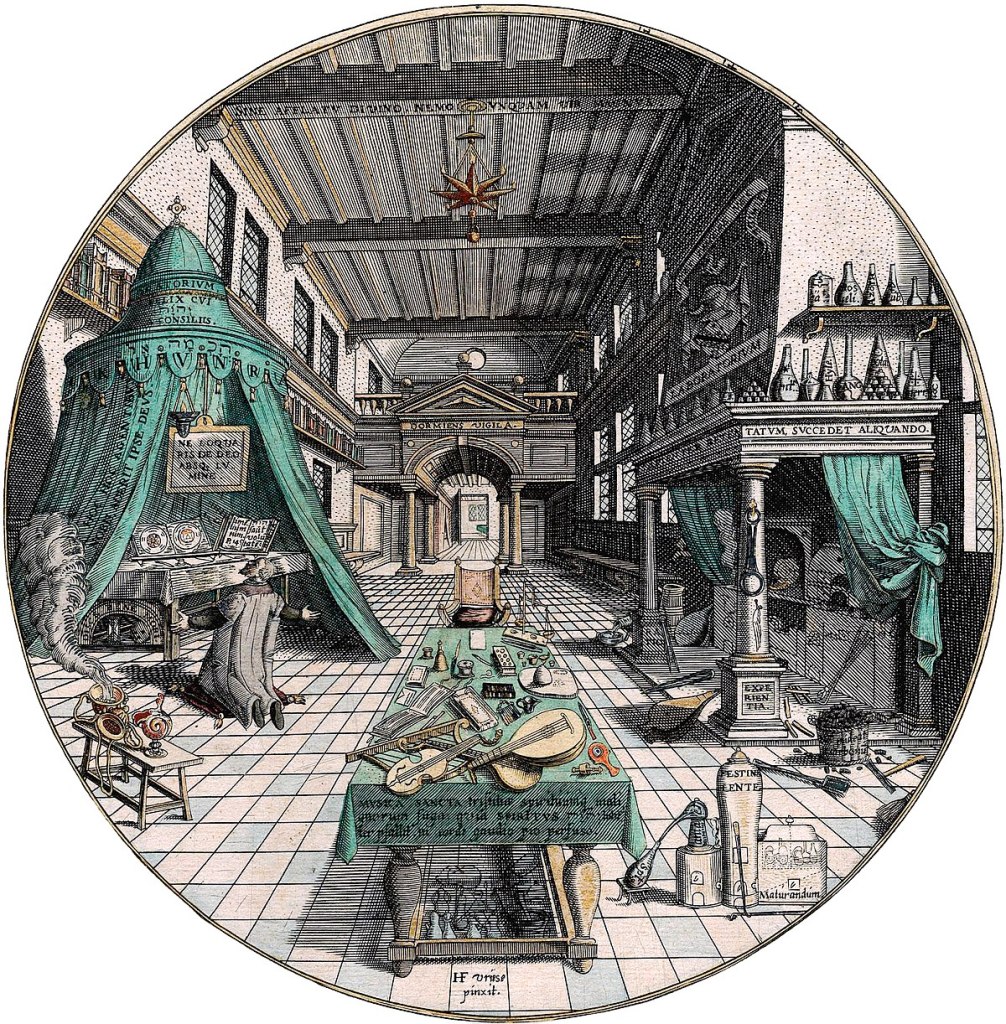
Khunrath was one of the alchemists, who spent time on the court of the Holy Roman Emperor, Rudolf II, also serving as his personal physician.
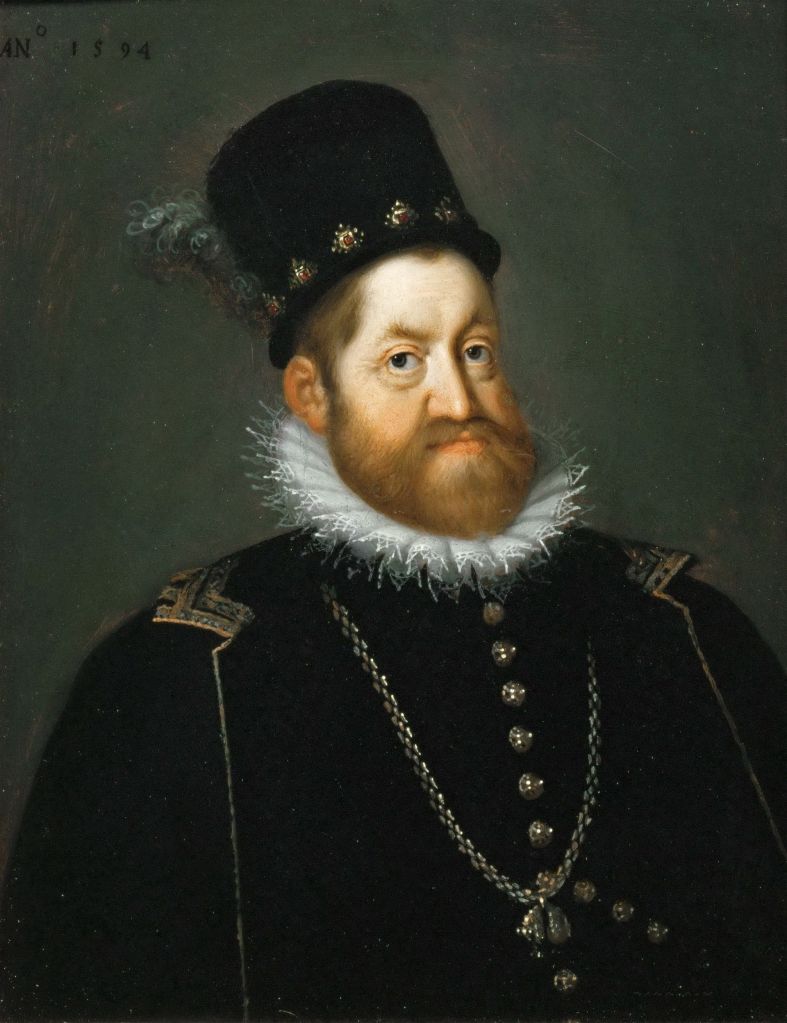
Rudolf ran several laboratories and attracted alchemists from over all in Europe.
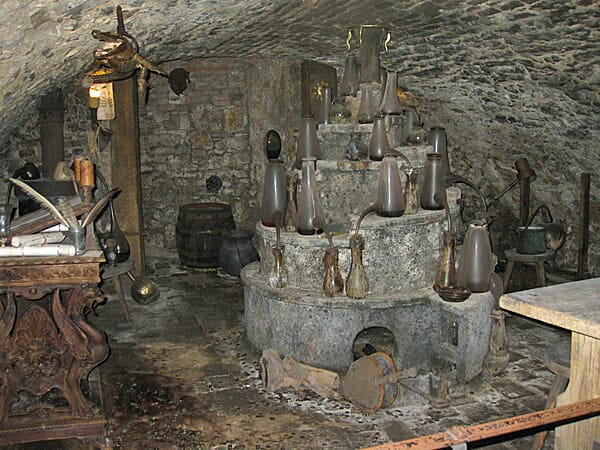
John Dee and Edward Kelly visited Rudolf in Prague during their European wanderings. Oswald Croll (c. 1563–1609) another Paracelsian physician, who visited Prague from 1597 to 1599 and then again from 1602 until his death, dedicated his Basilica Chymica (1608) to Rudolf.
<br />
Image Size: Small (1424 x 2144)<br />
Lens: 60mm F/2.8<br />
Focal Length: 60mm<br />
Exposure Mode: Manual<br />
Metering Mode: Center-Weighted<br />
1/80 sec – F/22<br />
Exposure Comp.: 0 EV<br />
Sensitivity: ISO 100<br />
Optimize Image:<br />
White Balance: Auto<br />
AF Mode: AF-S<br />
Flash Sync Mode: Not Attached<br />
Color Mode: Mode III (Adobe RGB)<br />
Tone Comp.: Normal<br />
Hue Adjustment: 0°<br />
Saturation: Normal<br />
Sharpening: Normal<br />
Image Comment: Photo by Douglas A Lockard<br />
Long Exposure NR: Off<br />
High ISO NR: Off<br />
[#End of Shooting Data Section]</p>
<p> ” data-medium-file=”https://wolfscientific.com/wp-content/uploads/2022/08/renaissance-science-xlii-44.jpg” data-large-file=”https://wolfscientific.com/wp-content/uploads/2022/08/renaissance-science-xlii-46.jpg?w=500″ src=”https://wolfscientific.com/wp-content/uploads/2022/08/renaissance-science-xlii-8.jpg” alt class=”wp-image-9479″ srcset=”https://wolfscientific.com/wp-content/uploads/2022/08/renaissance-science-xlii-8.jpg 796w, https://wolfscientific.com/wp-content/uploads/2022/08/renaissance-science-xlii-43.jpg 117w, https://wolfscientific.com/wp-content/uploads/2022/08/renaissance-science-xlii-44.jpg 233w, https://wolfscientific.com/wp-content/uploads/2022/08/renaissance-science-xlii-45.jpg 768w, https://wolfscientific.com/wp-content/uploads/2022/08/renaissance-science-xlii-46.jpg 1424w” sizes=”(max-width: 796px) 100vw, 796px”></a><figcaption class=) Title page Basilica Chymica, Frankfurt 1629 Source: Wikimedia Commons
Title page Basilica Chymica, Frankfurt 1629 Source: Wikimedia CommonsThe Polish alchemist and physician Michael Sendivogius (1566–1623), who in his alchemical studies made important contributions to chemistry, is another who gravitated to Rudolf in Prague in 1593.
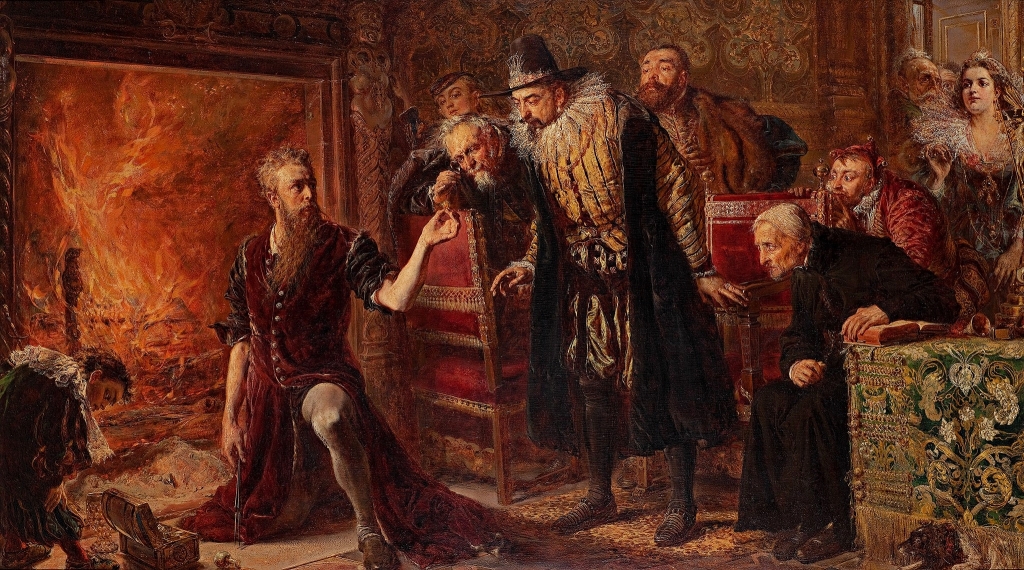
His De Lapide Philosophorum Tractatus duodecim e naturae fonte et manuali experientia depromti also known as Novum Lumen Chymicum (New Chemical Light) was published simultaneously in Prague and Frankfurt in 1604 and was dedicated to Rudolf.
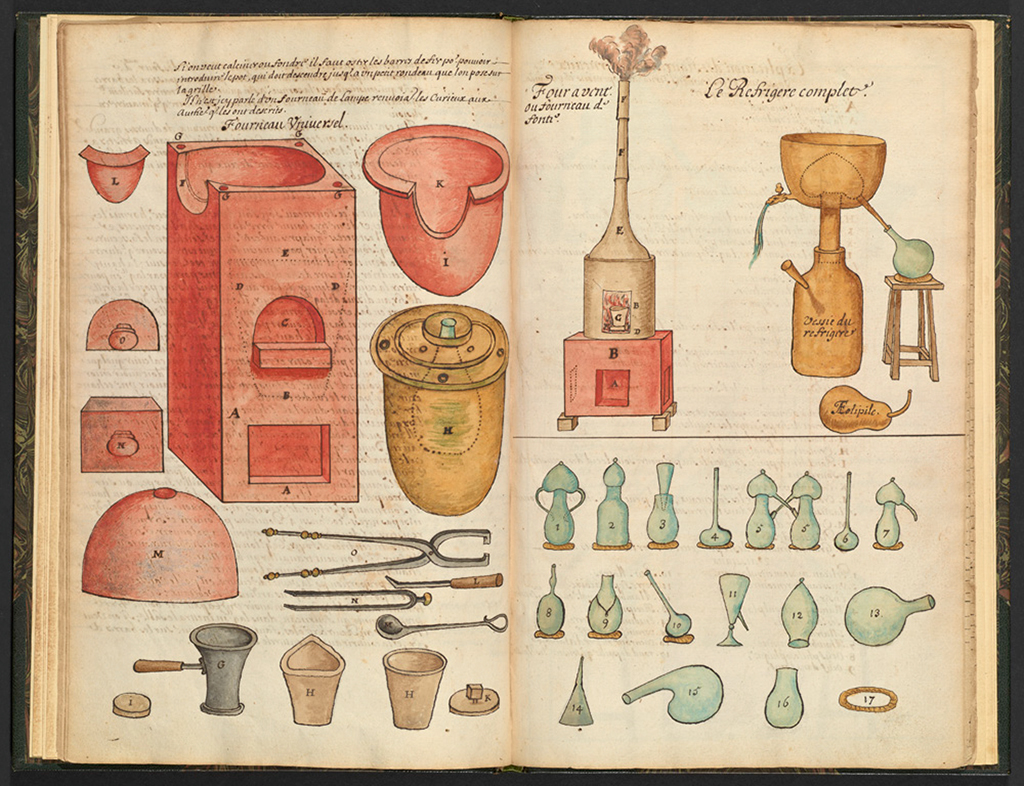
The German alchemist and physician Michael Maier (1568–1622), author of numerous hermetic texts, served as Rudolf’s court physician beginning in 1609.
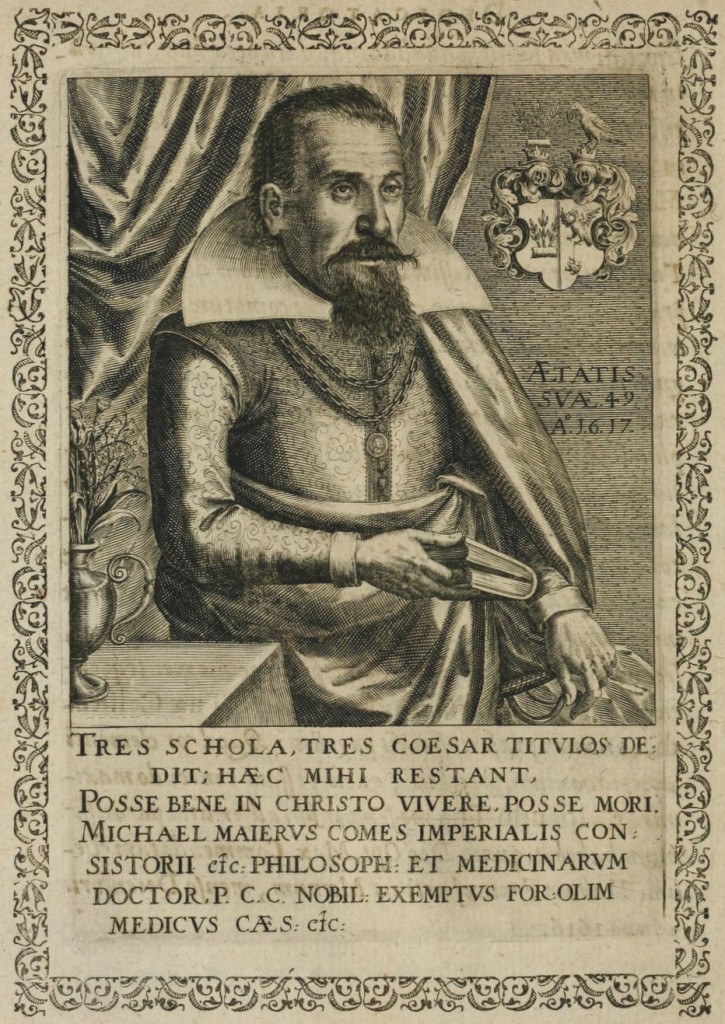
Along with Rudolf’s Prague the other major German centre for Paracelsian alchemical research was the landgrave’s court in Kassel. Under Landgrave Wilhelm IV (1532–1592), the court in Kassel was a major centre for astronomical research. His son Moritz (1572–1632) turned his attention to the Paracelsian chymiatria, establishing a laboratory at his court.
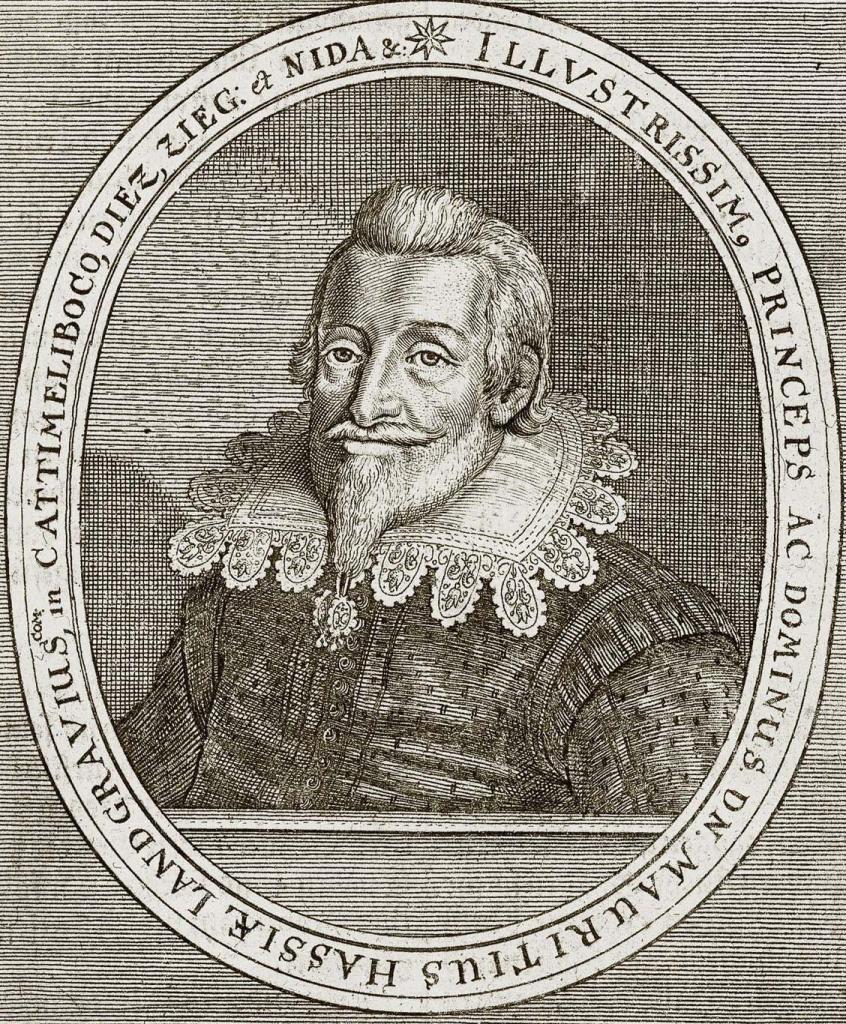
Like Rudolf, Moritz employed a number of alchemical practitioners. Hermann Wolf (c. 1565 1620), who obtained his MD at the University of Marburg in 1585 and was appointed as professor for medicine there in 1587, served as Moritz’s personal physician from 1597. Another of Moritz’s personal physicians was Jacob Mosanus (1564–1616, who obtained his doctorate in medicine in Köln in 1591. A Paracelsian, he initially practiced in London but came into conflict with the English authorities. He moved to the court in Kassel in 1599. He functioned as Moritz’s alchemical diplomat, building connection to other alchemists throughout Europe. Another of the Kasseler alchemists was Johannes Daniel Mylius (1585–after 1628). When he studied medicine is not known but from 1612 in Gießen he, as a chymiatriae studiosus, carried out chemical experiments with the support and permission of the landgrave. In 1613/14 and 1616 he had a stipend for medicine on the University of Marburg. He was definitely at Moritz’s court in Kassel in 1622/23 and carried out a series of alchemical experiment there for him. How long he remained in Kassel is not known. He published a three volume Opus medico-chymicum in 1618 that was largely copied from Libavius’ Alchemia (see below)
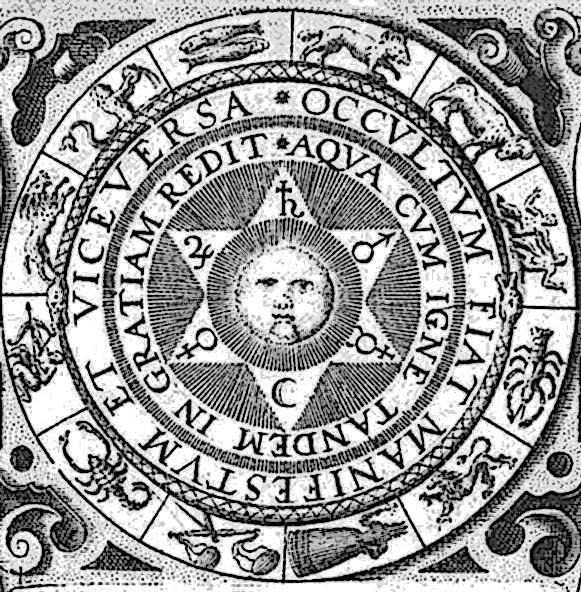
The most important of Moritz’s alchemist was Johannes Hartmann (1568–1631), Mylius’ brother-in-law.
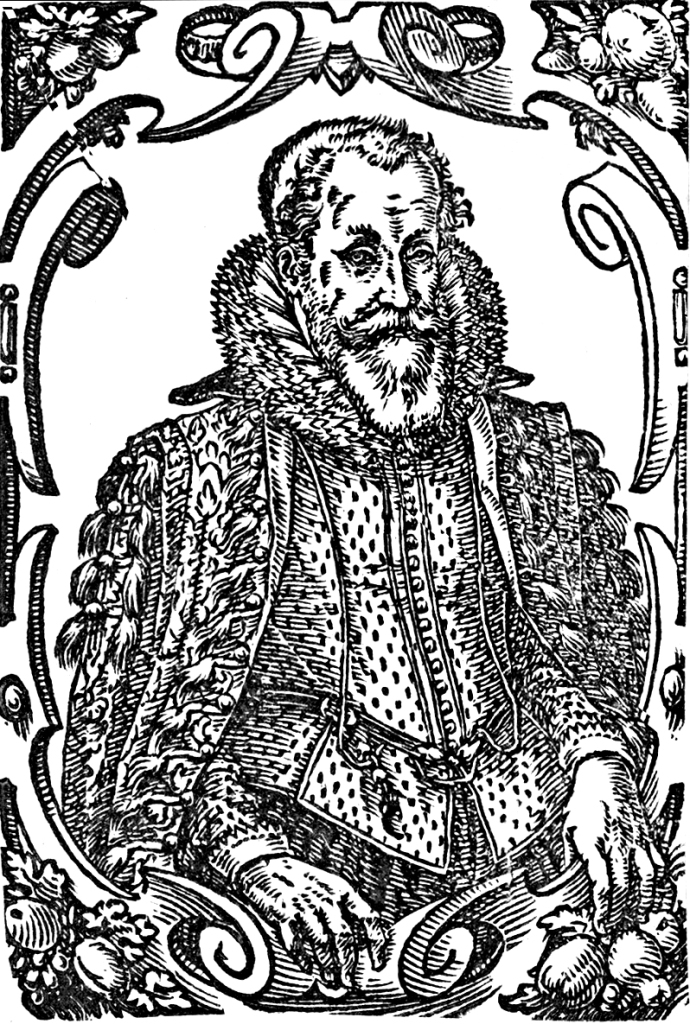
Hartmann originally studied mathematics at various Germany universities and was initially employed as court mathematicus in Kassel in 1591. In the following year he was appoint professor for mathematics at the University of Marburg by Moritz’s father, Wilhelm. In the 1590s, together with Wolf and Mosanus he began to study alchemy and medicine in the landgraves’ laboratory. In 1609, Moritz appointed Hartmann head of the newly founded Collegium Chymicum on the University of Marburg and professor of chymetria. Hartmann established a laboratory at the university and held lecture courses on laboratory practice.
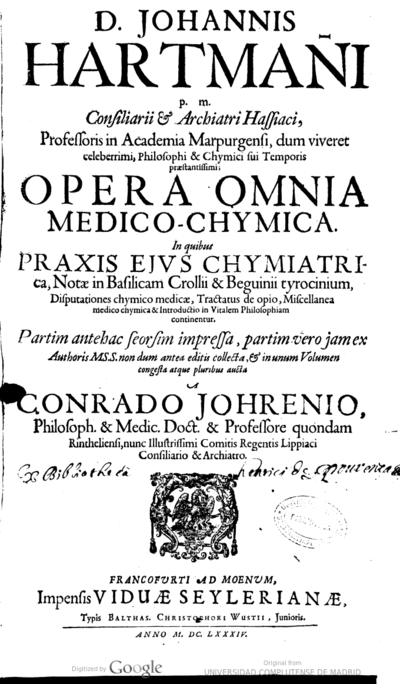
The four German chymetria laboratory centres that I have sketched were by no means isolated. They were interconnected with each other both by correspondence and personal visits, as well as with other Paracelsian alchemists all over Europe. Both Croll and Maier although primarily associated with Rudolf in Prague spent time with Moritz in Kassel.
I now turn to Denmark, which in some senses was an extension of Germany. Denmark was Lutheran Protestant, German was spoken at the Danish court and many young Danes studied at German universities. Peder Sørensen (1542–1602), better known as Petrus Severinus, was one of the leading proponents of Paracelsian iatromedicine in Europe. It is not known where Severinus acquired his medical qualifications. In 1571, he became personal physician to King Frederick II until his death in 1588 and retained his position under Christian IV. In 1571, he published his Idea medicinæ philosophicæ, which was basically a simplified and clear presentation of the iatromedical theories of Paracelsus and was highly influential.
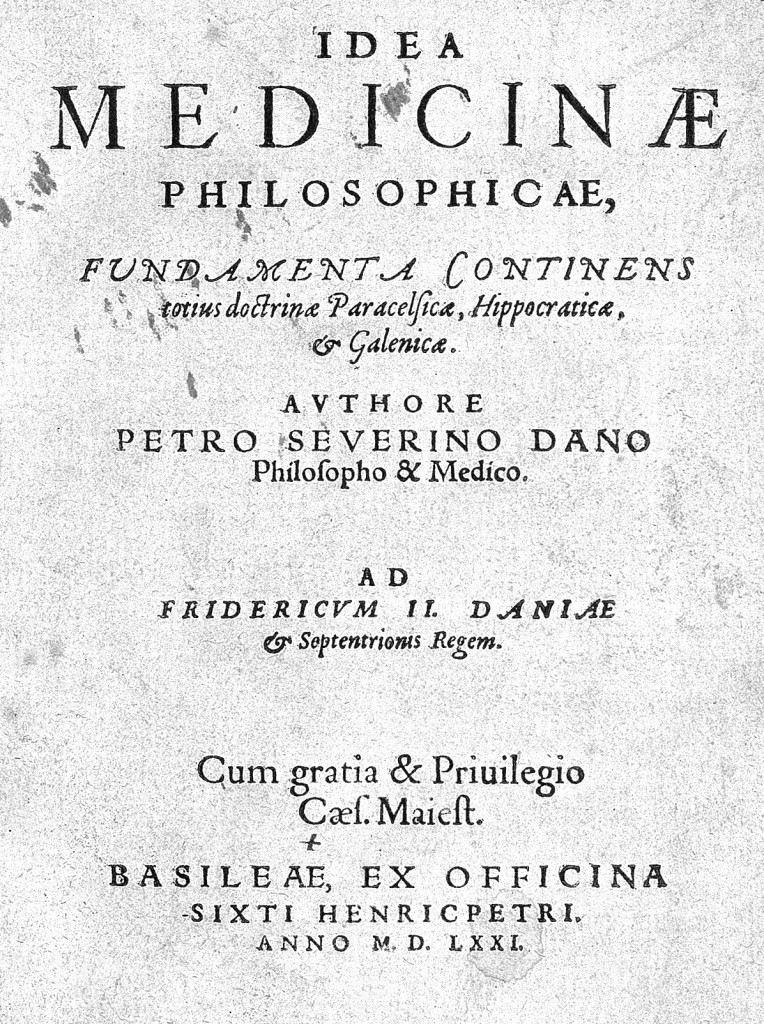
Severinus moved in the same social circles as Tycho Brahe (1546–1601) and the two were friends and colleagues. Severinus’ medical theories had a strong influence on the astronomer and Tycho also became an advocate and practitioner of Paracelsian alchemical medicine.
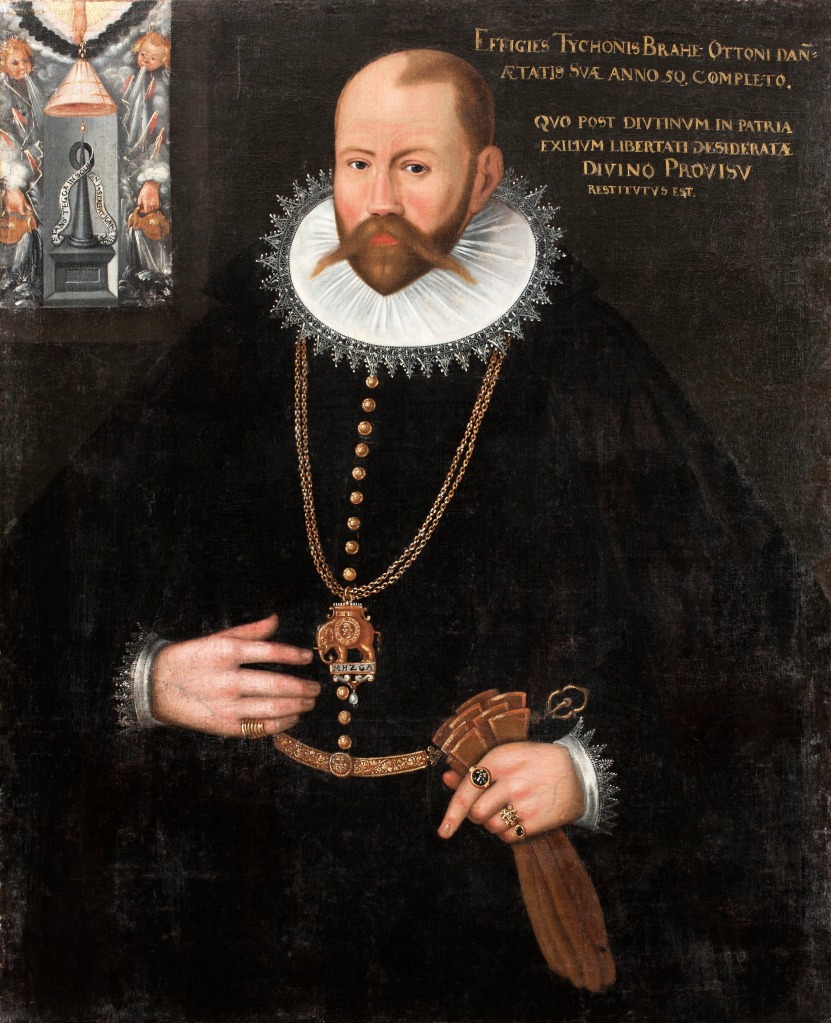
When Tycho began to construct his Uraniborg on the island of Hven in 1576, he envisaged it as temple dedicated to the muses of arts and sciences. The finished complex was not just a simple observatory but a research institute with two of the most advanced observatories in Europe, a papermill, a printing works and in the basement an alchemical laboratory with sixteen furnaces for conduction distillations and other chemical experiments.
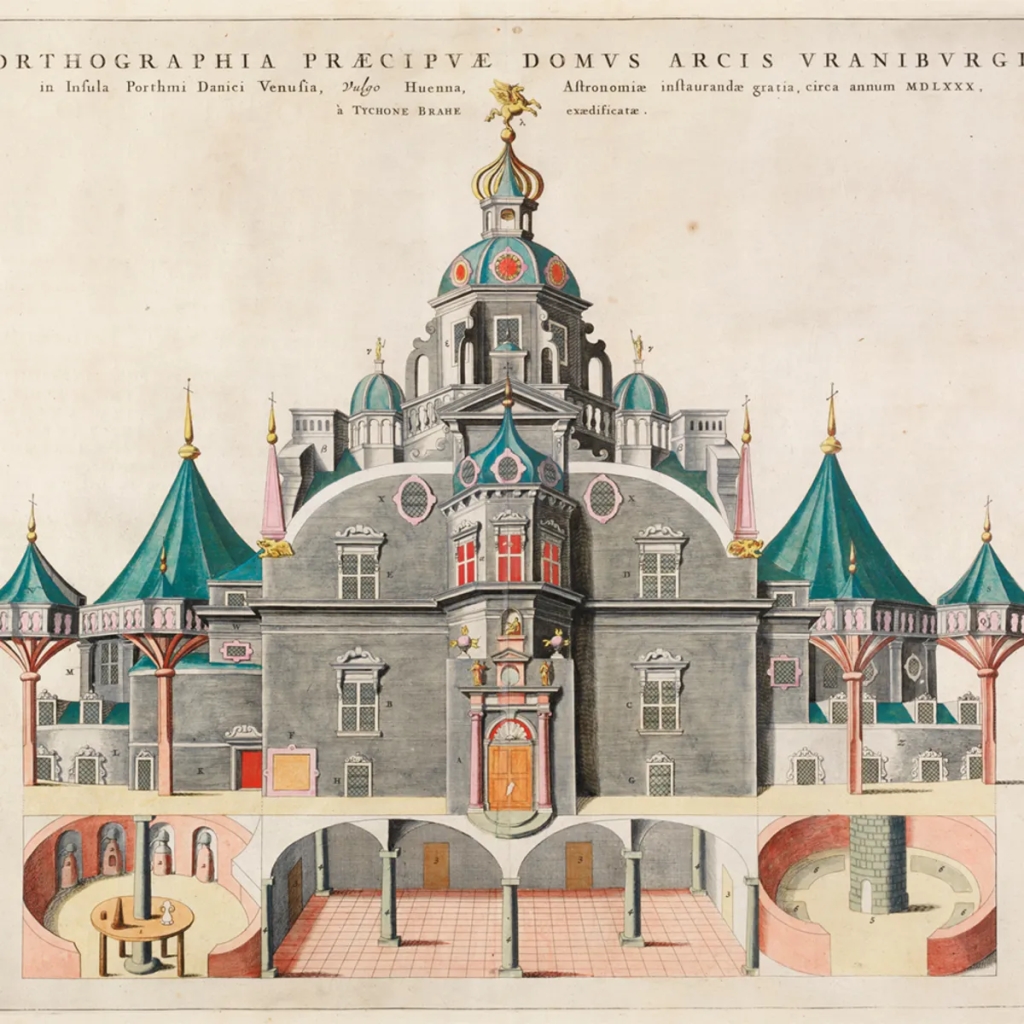
Tycho took his medical research very seriously developing medicines with which he treated colleagues and his family.
In the south of Germany Andreas Libavius (c. 1550–1616) took the opposite path to Severinus, he totally rejected the philosophies of Paracelsus, which he regarded as mystical rubbish, whilst at the same time embracing chymetria. Having received his MA in 1581, somewhat late in life in 1588, he began to study medicine at the University of Basel. In 1591, he was appointed city physician in Rothenburg ob der Taube, later being appointed superintendent of schools.
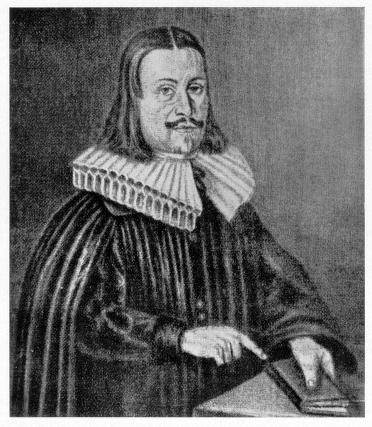
In 1597, Libavius published his Alchemia, an alchemical textbook, a rarity in a discipline that lived from secrecy. It was written in four sections: what to have in a laboratory, chemical procedures, chemical analysis, and transmutation. Although, Libavius believed in transmutation he firmly rejected the concept of an elixir of life. In the laboratory section of his Alchemia, he contrasted Tycho’s laboratory on Hven, which, being Paracelsian, he viewed as defective with his own vision of an ideal alchemical laboratory.
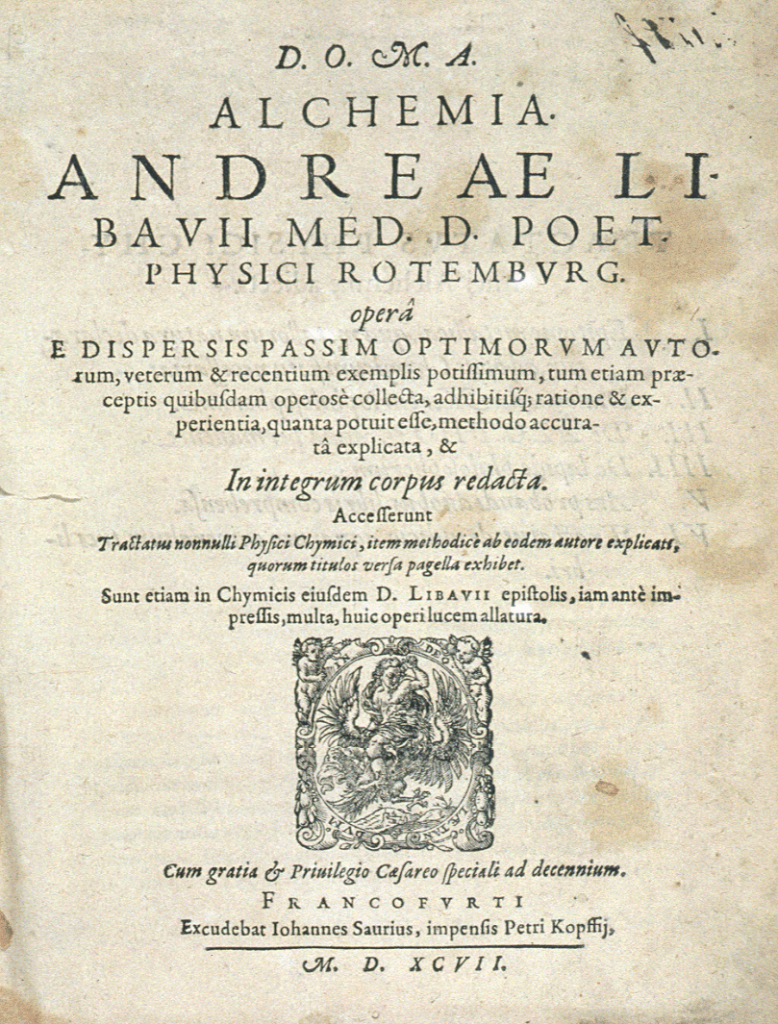
Roughly contemporaneous with Libavius, the German physician and alchemist Daniel Sennert (1572–1637), who played a significant role in the propagation of atomic theory in chemistry, introduced practical laboratory research into his work in the medical faculty of the University of Wittenberg. Sennert represents the beginning of the transition of the laboratory away from the courts of the rulers and aristocrats into the medical faculties of the universities.
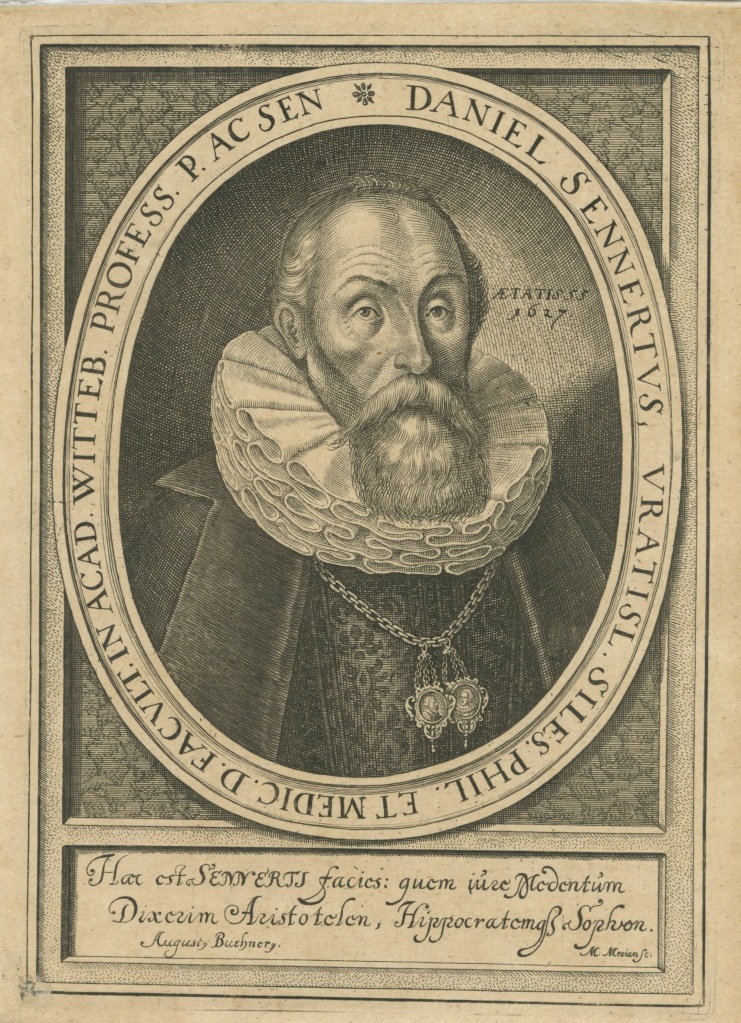
During the seventeenth century the medical, alchemical laboratory gradually evolved into a chemical laboratory, whilst remaining a part of the university medical faculty, a transmutation[1] that was largely complete by the early eighteenth century. Herman Boerhaave (1668 – 1738), regarded as one of the founders of modern chemistry in the eighteenth century, his Elementa Chemiae (1732) was one of the earliest chemistry textbooks, was professor of medicine at Leiden University. A generation earlier, Robert Boyle (1627–1691), who ran his own private laboratory, and whose The Sceptical Chymist (1661) was a transitional text between alchemy and chemistry, was still a practicing alchemist, although he rejected the theories of Paracelsus.
[1] Pun intended